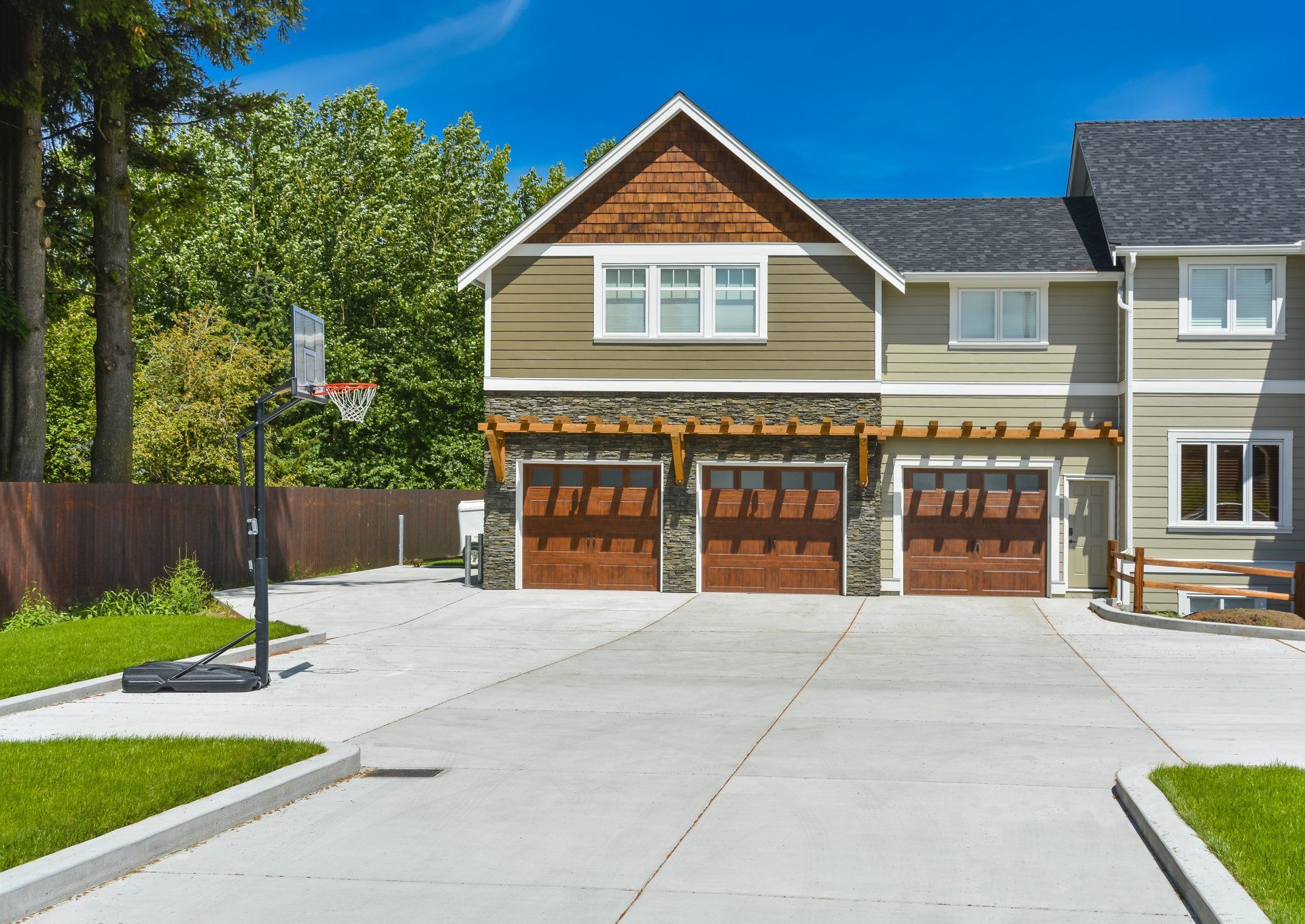DIY Tips For Repairing Your Concrete Driveway On A Budget | A Step By Step Guide To Success
Concrete Driveway Overview
Concrete driveways are extremely durable and can last for many years, but they are not impervious to damage. One of the most common problems homeowners face is a cracked or damaged concrete driveway. It is critical to comprehend the most common causes of concrete driveway damage. This can assist you in determining the root cause of the problem and taking steps to prevent it from recurring in the future. The following are some of the most common causes of concrete driveway damage:
- Cycles of freezing and thawing
- soil shifting
- Heavy machinery or vehicles
- Inadequate drainage
- Roots of trees
- damage caused by water
- weathering
- Inadequate installation
You are already aware that it can be an expensive repair. Fortunately, there are several do-it-yourself tips for repairing your concrete driveway on a budget. In other words, with a few simple tools and a little elbow grease, you can repair your driveway yourself and save a lot of money. In this article, we'll walk you through the steps and provide some helpful tips and tricks for a quick but professional repair.
Tools & Materials Required For Repair
Before you start repairing your concrete driveway, make sure you have at least the following materials on hand:
- Resurfacer for concrete
- Filler for concrete cracks
- Sealant for concrete
- Cleaner for concrete
- Pressure washer for concrete patch
- Mason's chisel
- Hammer
- Trowel
- Broom
- Safety equipment: Gloves, eye protection, and a dust mask are required.
- Scrubbing brush
- Squeegee \ Paintbrush
DIY Concrete Driveway Repair Tips | Step-by-Step Guide
1. Assessing the Damage
The first step in repairing your concrete driveway is to thoroughly inspect it. Examine your driveway carefully for fissures, potholes, or other signs of wear and tear. Determine the extent of the damage as well as its cause.
Pay close attention to areas where water may be pooling or signs of erosion. After you've identified the areas that require repair, you can proceed to the next step.
2. Keeping the Driveway Clean
After assessing the damage, clean your driveway to ensure that the repair materials adhere properly to the driveway's surface. Using a broom or a leaf blower, remove any debris, dirt, or vegetation that may be present. To thoroughly clean your driveway, use a pressure washer or a garden hose with a high-pressure nozzle. Remove any loose concrete and stubborn stains with a scrub brush. Allow the driveway to dry completely before moving on to the next step.
3. Patching Potholes and Filling Cracks
Cracks and holes are two of the most common issues with concrete driveways. Fortunately, these are simple to repair with a concrete patching compound or crack fillers. This product is widely available in hardware stores and is simple to use. Simply apply the filler to the crack, smooth it out with a trowel or putty knife, and allow it to dry as the manufacturer directs. Potholes are more difficult to repair, but it is still possible to do it yourself. To begin, remove any crumbling or damaged concrete around the pothole with a chisel and hammer. Then, thoroughly clean the area and apply a concrete patching compound. Allow to dry completely after smoothing the surface with a trowel or putty knife. Create a V-shaped groove in the crack with a masonry chisel and hammer, then fill it with the filler and smooth it out with a trowel. Allow at least 24 hours for it to dry before walking or driving, and follow the manufacturer's instructions.
4. Driveway Resurfacing
Resurfacing your driveway may be the best option if it has numerous cracks and potholes. This entails applying a thin layer of concrete over the existing driveway to give it a new look, conceal any minor flaws, and fill in any depressions, cracks, or spalling. It can also aid in the concealment of any stains or discoloration on the surface.
To resurface your driveway, use a squeegee and a paintbrush to fill in the edges and create a smooth, uniform finish. To ensure an even finish, carefully follow the manufacturer's instructions.
Give at least 24 hours for it to dry before driving on it.
5. Sealing the Driveway
After you've repaired your driveway, you must protect it from further damage by sealing it. It can help prevent cracks, other types of damage, and water penetration. A concrete sealer can be purchased at most hardware stores and applied with a roller or sprayer. Remember to follow the manufacturer's instructions and let the sealer dry completely before using your driveway.
6. Upkeep of Your Driveway
Regular maintenance is essential for keeping your driveway in good shape. Clean your driveway on a regular basis to keep dirt and debris at bay. You should avoid using harsh chemicals or salt on your driveway because they can damage it. To avoid wear and tear in one area, park your car in a different location every day. Avoid bringing heavy vehicles or equipment into the driveway regularly. Everything is necessary, from ensuring proper drainage around the driveway to trimming trees and shrubs to prevent root damage and avoiding the use of harsh chemicals on the driveway. Repair any damage as soon as possible to keep it from worsening.
Conclusion
You can repair your concrete driveway on a budget with the right tools, materials, and knowledge. Whether you're dealing with minor cracks or major potholes, several DIY solutions are available. When working with concrete, always wear protective equipment and follow the manufacturer's instructions for each product. You can repair your driveway and make it look as good as new by following the steps outlined in this article.
Conclusion
- How long will the repair of my concrete driveway take?
The extent of the damage and the method used determines the length of time it takes to repair your concrete driveway. Simple repairs can be completed in a few hours, whereas resurfacing can take up to 24 hours.
- Is it necessary for me to hire a professional to repair my concrete driveway?
No, you can repair your concrete driveway on your own with the right tools, materials, and knowledge.
- What causes damage to a concrete driveway?
Weathering, water damage, and soil movement are some of the most common causes of concrete driveway damage.
- How often should I have my concrete driveway repaired?
You should repair any damage to your concrete driveway as soon as possible to prevent it from worsening and becoming more expensive to repair.
- Can I protect my concrete driveway from damage?
Yes, regular cleaning, sealing, and maintenance can help keep your concrete driveway in good condition.





